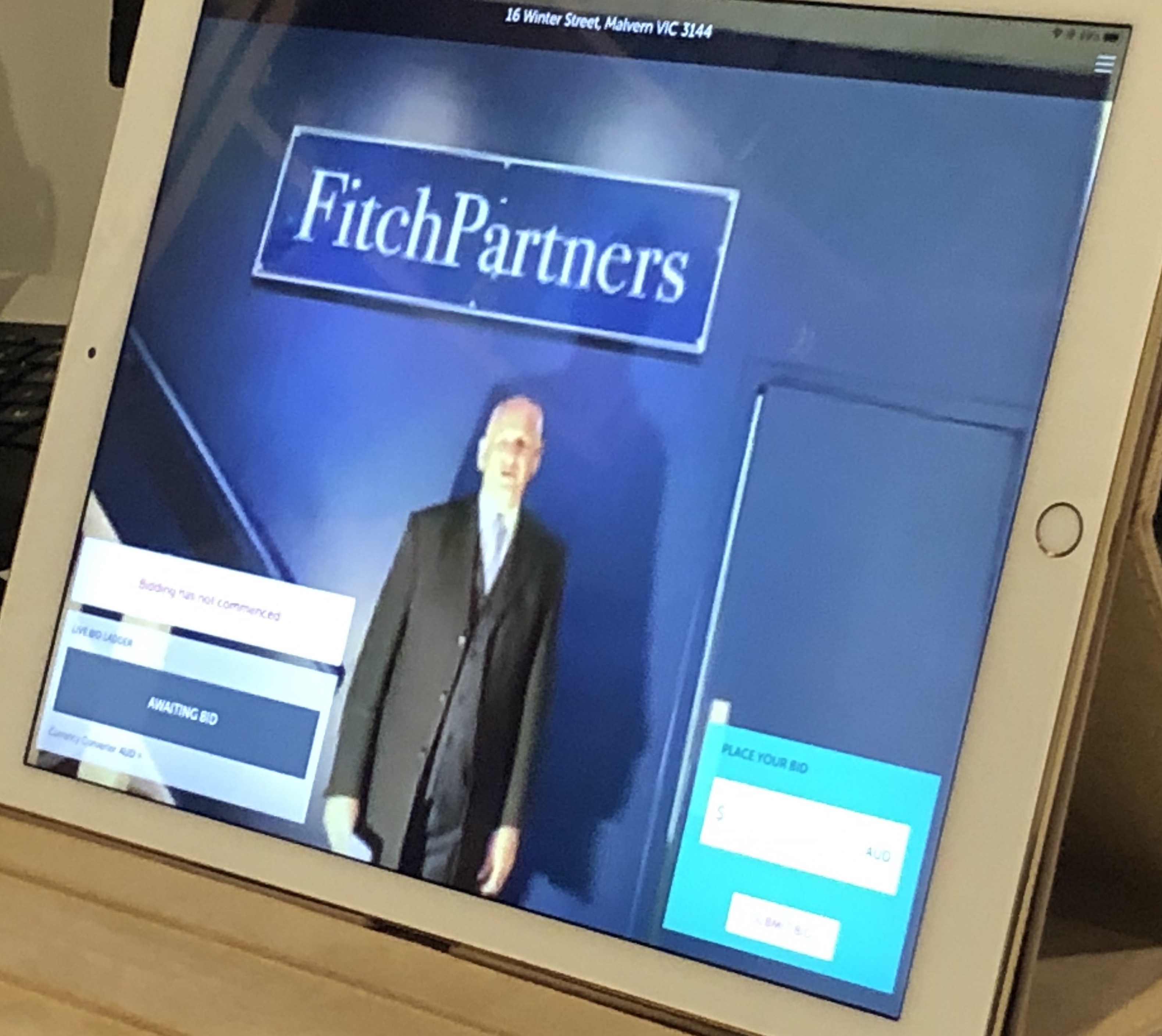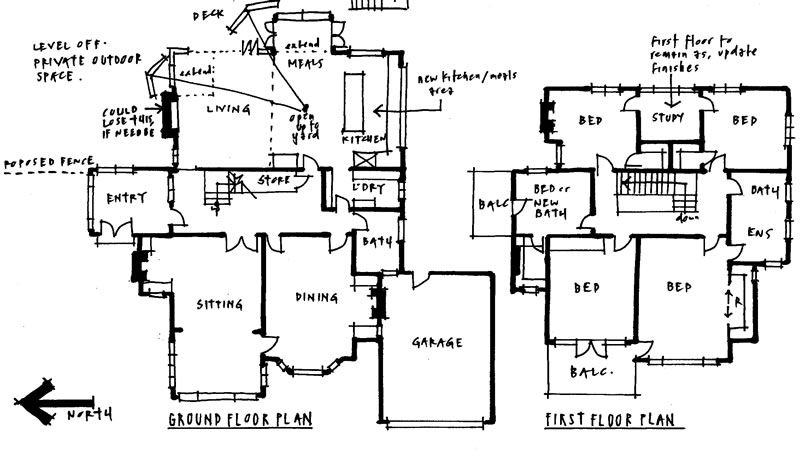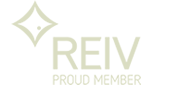How has COVID-19 changed the Melbourne property market?

Online auctions – a new way of selling during COVID-19 disruptions.
Changes in Real Estate Industry to Adapt
Victorians are looking forward to a new and improving normal this week. While it’s another temporary transition and there’s still a long way to go, the small steps forward are providing motivation and confidence that there is light at the end of the tunnel.
The last eight weeks have encouraged many businesses to review their procedures and plans for the future and challenged a number of ways in which business has been done. As a people-based business, the real estate industry has had to adapt quickly to ensure the health and safety of buyers, sellers, tenants and staff while striving to achieve the right outcomes for buyers, sellers, landlords and tenants.
Some of the bigger changes we have seen include:
- Plan A – most properties are starting out as ‘off market’. If the home doesn’t sell in the first two weeks, it is then converted to a public campaign (Plan B).
- More properties (with realistic sellers) are transacting quickly after being listed. Many vendors are more comfortable to take the early offer now than wait for a better offer later, as it may not be forthcoming.
- More offers are being made subject to finance, with anywhere from 14-28 days for approvals.
- Many vendors are becoming more focused on settlement terms over or equal to price.
- Fewer results are being reported and won’t be available until settlement, sometimes up to six months or more later, making it harder for agents to provide reliable Statements of Information.
- Private inspections only – providing more time to inspect in detail; however, also making it harder to determine other interest in the property, possibly resulting in buyers relying heavily on information from the agent (who is working for the vendor) to make their decisions.
- Online auctions – agent feedback, generally positive. Agents able to obtain far more information about interested parties as buyers need to register to bid (including 100 points ID). However, there is also greater potential for technological difficulties (ie some buyers can’t access apps if they don’t have the right equipment, or, in many cases, information may entered in incorrectly). Less emotion involved in the bidding process. More transparent for buyers than other methods of sale such as EOI campaigns but still can’t see who you’re bidding against. Will this remain a method of sale for family homes moving forward? If face-to-face auctions return as an option, perhaps not.
- Multiple buyers – the good properties are still receiving interest and offers from multiple buyers. Some are looking for bargains; however, a larger number remain focused on finding and buying a good quality home for the longer term at a fair price.
- More EOIs (expressions of interest) – with different and sometimes changing rules, this is still a method that many buyers remain uncomfortable with.
- Interactive inspections – perhaps a good starting point to confirm early interest; however, limited to viewing what the agent wants you to see and possibly avoids some of the areas you should be focusing on: hard to get true sense of space, light etc.
- Hand sanitisers and protective gloves – something that could continue post-COVID-19 for the health and safety of vendors/tenants, as many properties for sale can have a hundred or more people through their homes opening drawers and cupboards and touching furnishings.
For buyers who had been contemplating buying pre-COVID-19 and for those who have realised they need a move up/down/sideways as a result of COVID-19, now could be as good a time as any to buy. Interest rates are low and while stock levels on the internet are low, we are seeing a high number of good quality homes for sale off market.
Below are a few questions offering insight into what could now become important when looking for a home post-COVID-19 lockdown:
- More separated rooms – for use for work/school and quiet space for calls (Zoom etc) rather than the big open plan layout?
- Access to natural light within the home. Even more important?
- More focus on sustainability and energy efficiency with the home (to keep the bills down) eg. Self-sufficient power and water?
- Better kitchen layouts (don’t just look good but have to be functional) as cooking at home becomes more common?
- Garages to be used or double as gym areas rather just storing cars?
- Homes as the new office, functionality?
- Better options for bicycle storage – location, access, safe, dry?
- Focus on gardens within the property?
- External firepit / outdoor breakaway areas?
- Good access to a safe outdoor area close by – park, beach, safe walking track?
- Preference for houses over apartments?

One of the better properties currently listed; an architect’s view
7 Royal Crescent Armadale – Mark Harris/Fraser Cahill, Marshall White
‘Off-market’ Properties:
- Renovated, single level, 3 bed, single fronter, Armadale – circa $2m
- 1930s brick family home backing onto park, Camberwell – circa $3m
- Brick single fronter, 2 bed, 1 bath, walk to beach, Middle Park – circa $2m
- Fully renovated, family brick Edwardian with pool, Glen Iris (St) – high $3m
- Renovated timber Edwardian, 3 bed, 2.5 baths, OSP, Gardenvale – circa $2.3m
- Modern 3 level townhouse with pool, Elwood – early $3m
- 2 bed, single fronter, close to amenities, Armadale – circa $1.45m
- Funky conversion over 3 levels, Richmond – high $2m
- Large, renovated, art deco family home, Toorak – circa $7m
- 2 storey timber Victorian, 3 bed, 2 bath, Malvern – circa $2.25m
- Family home, Edwardian, approx. 440sqm, Armadale – circa $3.3m
- Well positioned, family Edwardian looking for a freshen up, Elsternwick – high $2m
- Large contemporary family home (6 bed, 5.5 bath), Brighton East – circa $3.7m





